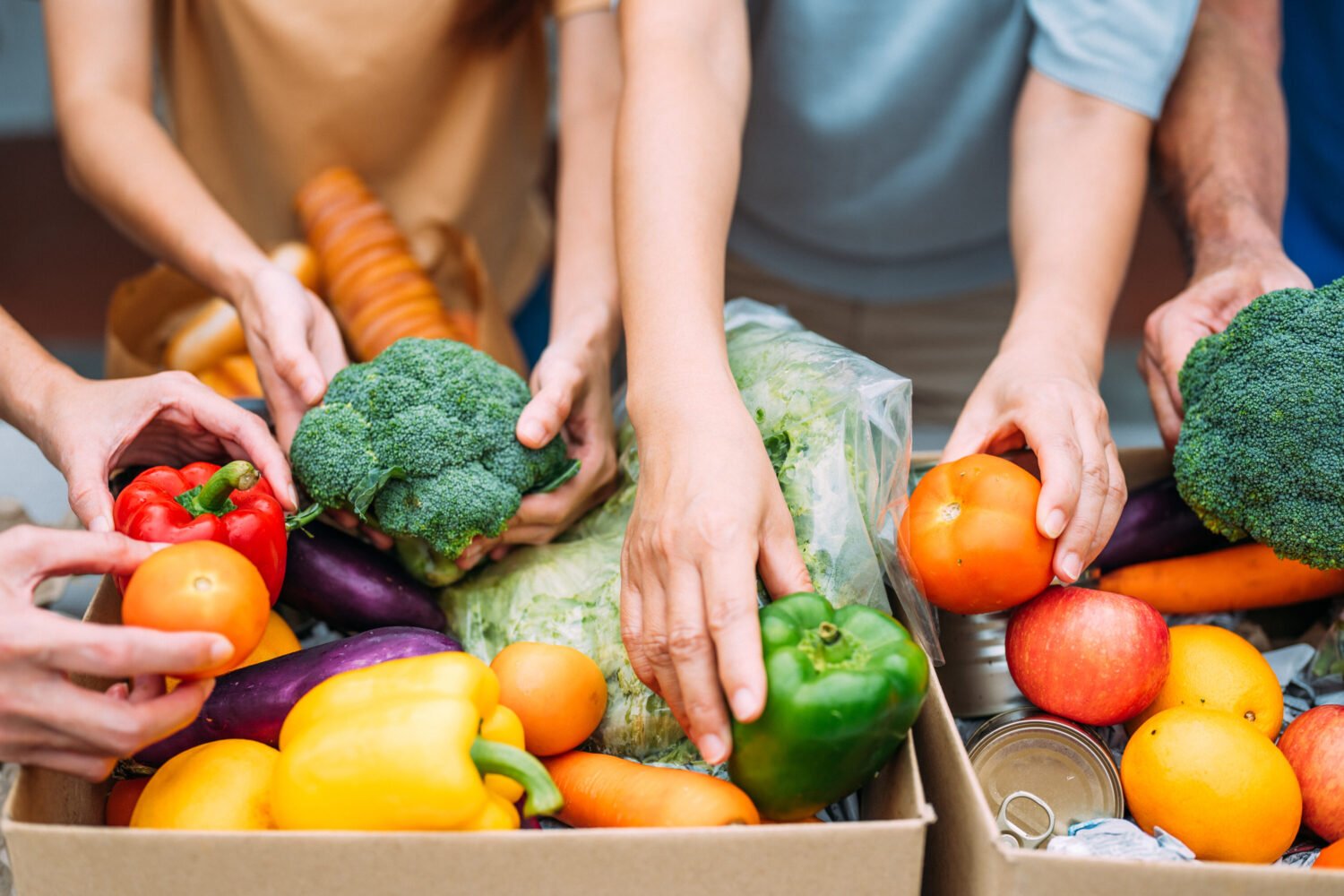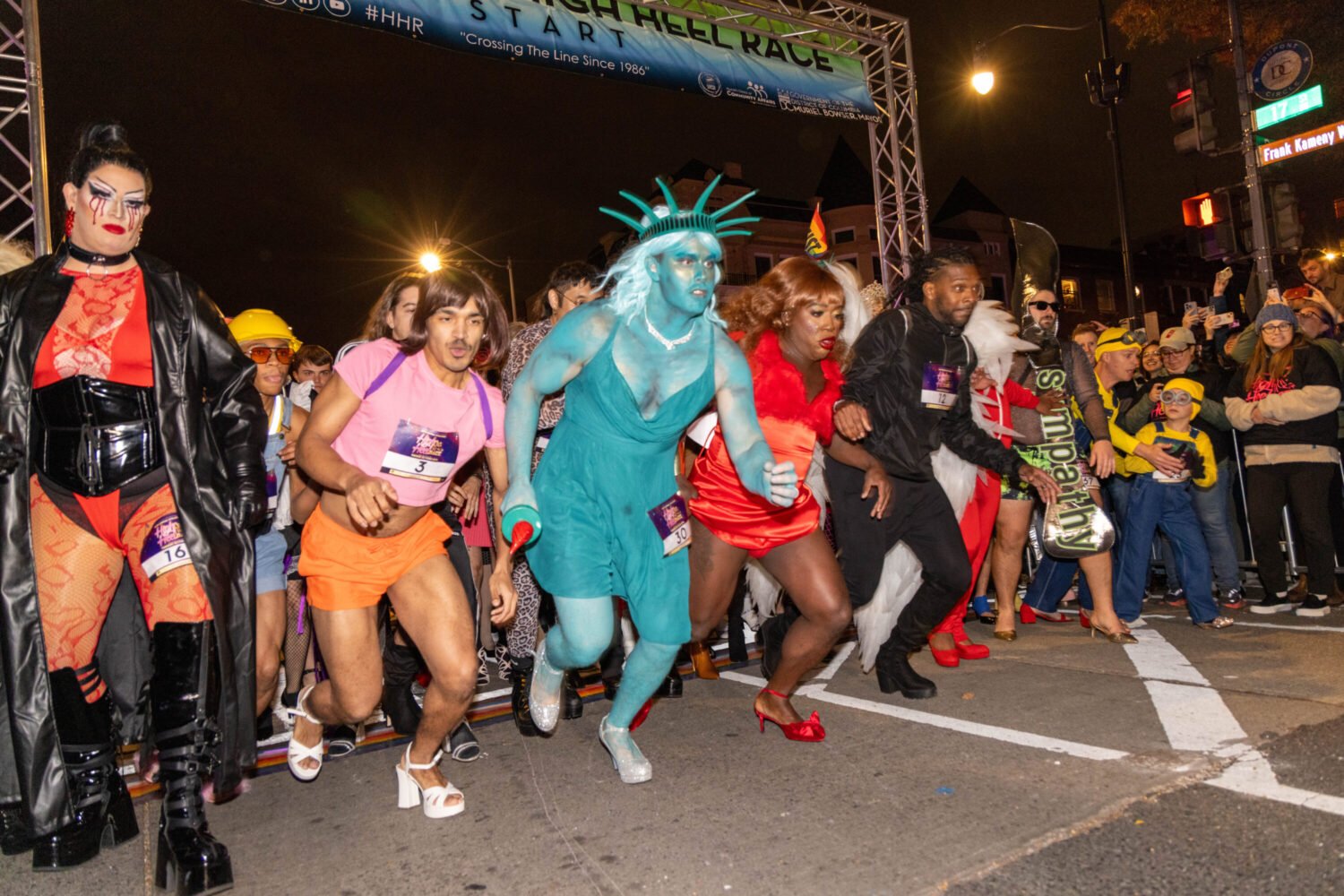Small is Beautiful
My infatuation with container gardening began the day I put a brilliant magenta New Guinea impatiens into a stone pot on the front stoop of our new house. My usually unobservant husband walked in the door and said: “I never knew you could have flowers just like that—like, right away.”
That’s what container gardening is about: little effort, immediate gratifi-cation.
Container gardens are quick to start and easy to relocate to a new home—or out of capricious weather. They’re low-maintenance—no major digging or tree-stump removal and less stooping. Soil, water, and sunlight can be manipulated as needed.
What and Where to Plant
Where you plant—in sun or shade—determines what you plant. It’s best to get advice from a nursery, as plant labels aren’t always accurate for our area. Some plants that supposedly can take direct sun will fry on a roof deck; some shade varieties may need more light than others.
Plants should be proportional—in both root size and height—to the container, and how big they grow can vary by climate. Blooming seasons should be coordinated when combining plants; best choices are those that flower throughout the summer.
Annuals—plants that last only a season—are easy and often cheap. Perennials, which come back every spring for several years, need more soil preparation but are a better investment. They can spread and multiply, so be prepared to separate and replant new growth.
Long-blooming annuals include petunias, marigolds, sweet alyssum, geraniums, snapdragons, begonias, black-eyed-Susan vine, and impatiens. Perennials that go the distance include daisies, bleeding hearts, lavender, and lobelia.
The best-looking container gardens are chock-full of flowers. Don’t worry about leaving less soil between plants than the label recommends, because their roots can grow downward.
Trailing plants such as petunias or lobelia mixed with geraniums, snapdragons, or other “uprights” make dynamic arrangements. Multicolored bunches can be striking, such as orange marigolds with purple petunias and black-eyed-Susan vine, but equally dramatic are monochromatic combinations—pink tulips with pink pansies or azaleas—and a simple green-and-white mix of sweet alyssum, white verbena, and white geraniums.
It’s great to have an herb garden handy to snip at dinnertime, but the plants are usually not much to look at. An herb tower is a decorative solution and fairly easy to construct. Malcolm Hillier’s Container Gardening has directions for building a cylinder of moss and chicken wire, from which herbs can sprout decoratively.
Most herbs like lots of sun, and smaller species such as chives, oregano, sage, and thyme grow well together. Larger ones—rosemary, bay, and mint—are too invasive and need pots to themselves.
Empty containers make drab winters even drabber, so fill them with evergreens such as holly or small conifers for the cold season. If there’s a yard, winter plants can be transplanted there to make room for summer blossoms and then returned to the containers the next year.
Soil and Water Tips
The myth that the soil in pots must be replaced yearly scares away many would-be container gardeners. The rule is that soil is good for about three years; after that, the dirt must be remixed, replenished with nutrients, or replaced. Most plants grow best in a mix of half potting soil and half compost.
If the container’s weight is an issue—such as on a balcony—you can lighten the load by mixing in peat moss and vermiculite or perlite, but those will require more frequent watering.
Conventional pots have drainage holes; others need drilling. To maximize drainage, add a layer of gravel or other materials in the bottom; pieces of terra-cotta pots work well. Soil can leak from holes, so liners are a good idea to prevent mini mudslides on the patio or clogged gutters from a roof garden.
Watering is the biggest challenge for container gardens in this area. Moisture-absorbing granules help, but anything in direct sun all day will require good sprays twice a day during summer. Porous containers, such as terra-cotta pots and moss baskets, should be filled with as much soil as possible to retain water. Automatic watering systems reduce the need to lug watering cans, but getting the timing and volume right may take trial and error.
Pots and More Pots
Proportion is key when it comes to containers. Groups of small terra-cotta pots can add big color splashes on a balcony but can look puny on a sprawling patio. Large architectural planters are good anchors for patios or decks but will overcrowd smaller spaces and can pose a hazard where weight is an issue, such as on a balcony.
The prettiest traditional large containers are crafted from antique stone and handmade terra cotta. The latter sometimes have smaller openings on the sides for trailing flowers to spill out.
Large pots can be expensive—$100 and up—and can crack in the cold, so they should be moved inside for the winter. Whiskey half-barrels made of wood are nicely rustic and lighter in weight. They’re also inexpensive—you can get one for less than $30—and generous enough to hold some trees and vegetables. But rot and termites can take their toll.
The best woods for planters are teak and cedar, which can last 10 to 20 years. Zinc, lead, and concrete planters are more durable than wood and terra cotta; they work well for contemporary or Asian-style settings. Large ones are heavy and a major investment—$300 to $1,000 or higher.
Several new products are addressing most of these problems. Fiberclay combines clay and fiberglass for lightweight durability and can be dyed and textured to pass for either antique metal or terra cotta. Resin can mimic sleek metals with a fraction of the weight. Hypertufa mixes perlite, peat, and cement to achieve the look of aged stone; it can even grow moss.
Some plastic planters are striking, such as solar-powered GardenGlo pots that light up at night ($100 to $150 at target.com). Design Within Reach (dwr.com; showrooms in DC and Bethesda) has cool contemporary containers, too—another glow-in-the-dark plastic planter called the Bloom Pot ($199 to $348) and the Gratia series ($280 to $600), made of fiberglass with a metal finish.
At unicahome.com, look for chic planters like Philippe Starck’s colorful Bubu Stool ($78) and the “planter bench”—a wooden bench bookended by two large planters—by Iron Hand Crafts ($875).
Giant clam shells make whimsical planters for waterside settings; you can get real-looking fiberglass ones at seashellworld.com for $149 or $249. Mortar-and-pestle bowls—the big ones used as meal grinders—and metal washtubs can hold large arrangements. If tubs are watertight, they can also hold small water gardens.
For an English-garden look, try planting in old stone sinks or troughs. Wheelbarrows and red wagons are a rustic option. One homeowner filled the bed of a vintage pickup truck with flowers.
Flowers can make a big statement in little pots, too, especially if brightly colored and placed in unexpected spots. You can hang them off spiral staircases, set them on steps, dot them along garden paths, or trail them from window boxes.
Try recycling metal wash pails, watering cans, kettles, even saucepans—copper looks best, especially with the patina that comes with age. Or line wire baskets with coconut fiber or peat moss for attractive hangers.
Where to Get Containers
Garden centers are a good first stop for conventional pots and new ideas, such as the moss-tinged terra-cotta “face pots” at the Kensington location of Johnson’s Florist & Garden Centers (10313 Kensington Pkwy.; 301-946-6700; johnsonsflowers.com); a nicely aged face pot called the Eleanor planter is available at Notting Hill Gardens (815-B King St., Alexandria; 703-518-0215). Chains such as Target and Ikea as well as some hardware stores also carry good planter selections.
Asian importers often have beautiful and less expensive containers—in ornate, traditional styles such as Chinese urns and bowls or in minimalist contemporary materials like zinc and concrete.
DC’s Chinatown, near the Gallery Place Metro station, is an obvious locale, but the upscale shops Qi (722 N. Henry St., Alexandria; 703-838-1600; qihouse.com) and Dragonfly (1457 Church St., NW; 202-265-3359; dragonflydd.com) also have finds.
Chain craft stores such as Michaels and A.C. Moore mostly carry green and terra-cotta-color plastic pots, but they have some decent synthetics with clean lines and neutral colors that blend with any decor.
Large, industrial-style planters—the kind you see outside office buildings—can sometimes be scavenged from demolition sites; while they may sound odd for residential use, they do suit very contemporary architecture.
The Internet is one of the best sources for discounts on planters and for trendy options in this tradition-bound area.
Another idea is to build planters to match a deck or patio. It’s a fairly easy do-it-yourself project, but if a deck is going in, the builders can add planters while they’re at it. Attaching them to the deck will look tidier, but freestanding boxes allow more flexibility.
Window boxes are a nice option for the deck- or patio-deprived. They look best when snugly fit into the window frame, and because they come in all sizes, that’s simple to do. They also come in a range of materials. Plastics are often too flimsy and bulge in the middle. Wood and terra cotta are stronger and more attractive; fiberglass is the most durable. Linings or trays will keep runoff from staining walls.
These local nurseries and vendors have especially informative Web sites:
American Plant Food, americanplantfood.com.
Behnke Nurseries, behnkes.com.
Johnson’s Florist & Garden Centers, johnsonsflowers.com.
Some online sources for containers:
Architectural Pottery, architecturalpottery.com.
Design Within Reach, dwr.com.
Plant Containers, plantcontainers.com.
SimplyPlanters.com, www.simplyplanters.com.
Windowbox.com, windowbox.com.
For container watering systems,try Drip Depot, dripdepot.com.


















